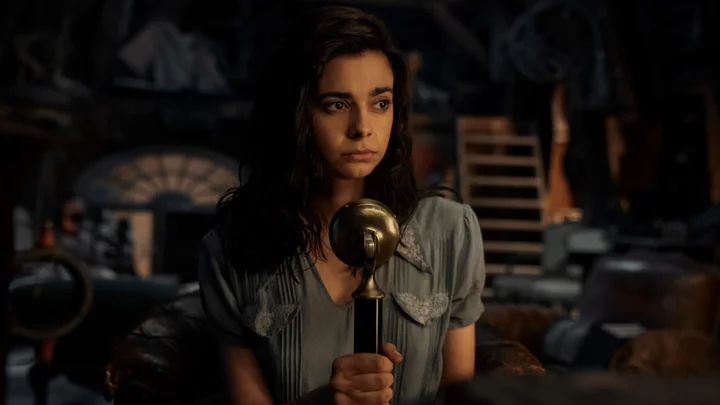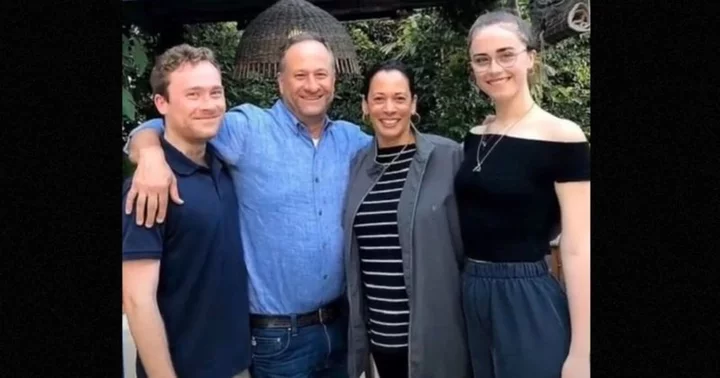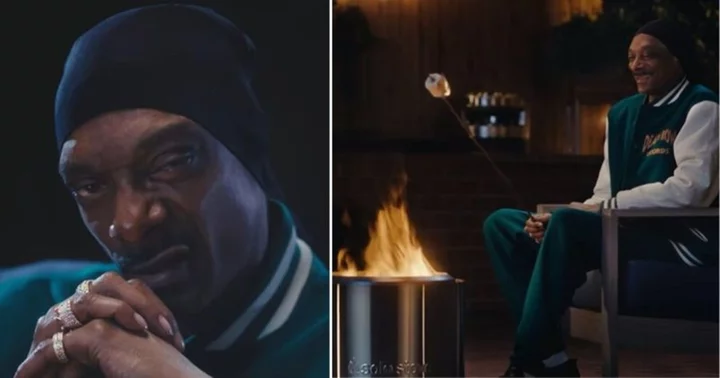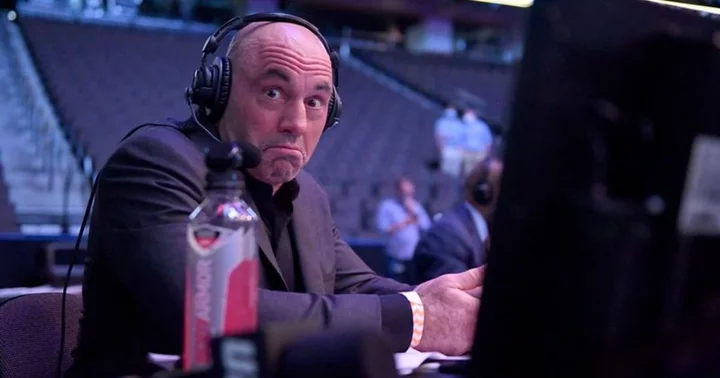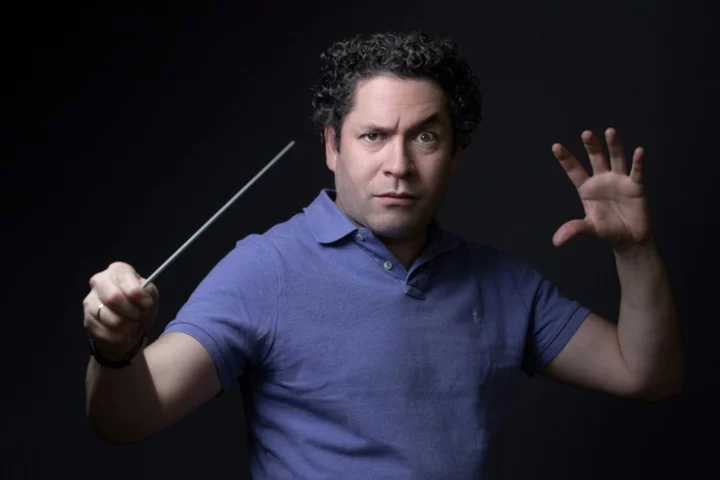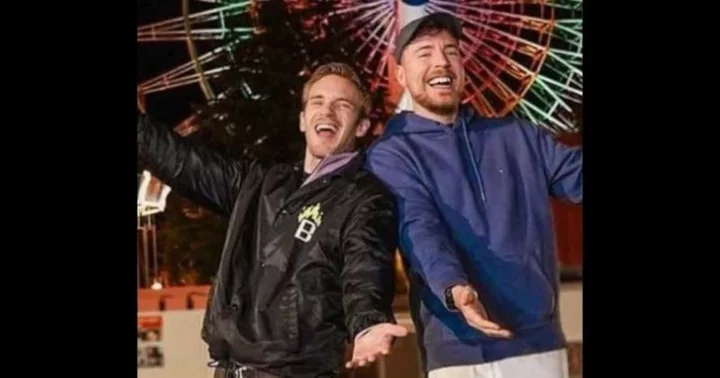August, 1944. American aircraft bomb the Nazi-occupied French city of Saint-Malo. In a townhouse, a blind girl reads Jules Verne over a radio broadcast, waiting for her great-uncle and father to come home. Not far from her, in an upscale hotel-turned-fortress, a German soldier listens to her words. Their lives are inextricably connected and are about to become even more so, but as the bombs rain down, they are unaware of the forces that tie them together.
So begins Netflix's All the Light We Cannot See, opening in near-identical fashion to Anthony Doerr's Pulitzer Prize-winning novel on which it is based. Spanning years and much of the European continent, Doerr's novel is a densely layered war epic. Cursed gems, radio technology, and secret codes all play a part within its many, many pages.
SEE ALSO: 31 shows we can't wait to see this fallGiven the novel's heft and immense popularity, adapting it for the screen presents a tricky challenge — one that director Shawn Levy (Stranger Things, Free Guy) and screenwriter Steven Knight (Peaky Blinders, Serenity) mostly rise to meet. The four-part limited series is unable to replicate Doerr's lyrical prose, resulting instead in some fairly heavy-handed dialogue. However, it more than makes up for that shortcoming with its genuine earnestness and high-quality production, which results in an adaptation that is cinematic and sweet in equal measure.
All the Light We Cannot See is part war story, part coming-of-age tale.
Nell Sutton and Mark Ruffalo in "All the Light We Cannot See." Credit: NetflixWhile All the Light We Cannot See opens with a boy and a girl weathering the bombing of Saint-Malo, there are several years' worth of story leading us to that point. The series winds back the clock to explore each character's childhood, using the events in Saint-Malo as a framing device. Notably, the series spends far more time in Saint-Malo than in the past: one of the many changes Knight's adaptation makes from original book. However, the chronological back-and-forth recalls the structure of Doerr's novel, all while creating a sense of inevitability: Everything in the boy's and girl's lives has been leading to these fateful few days in Saint-Malo.
The girl is Marie-Laure LeBlanc (Aria Mia Loberti). Before Saint-Malo, she lives in Paris with her father Daniel (Mark Ruffalo), the master locksmith at the Museum of Natural History. He makes her a scale model of their neighborhood to help her learn its roads by touch, and he tells her about the many wonders of the Museum. One such wonder is the famed jewel known as the Sea of Flames. Legend has it that whoever possesses it will live forever, but that their loved ones will suffer great misfortune. (The greatest misfortune that Marie's portion of All the Light We Cannot See suffers are the British accents put on by all these supposedly French characters. A common trait in period movies, I know, but an aggravating one nonetheless.)
SEE ALSO: All the movies coming to Netflix this fallLuckily, what these scenes lack in accent realism (charming as he is, Ruffalo's is extra shaky), they make up for in whimsy, whether that's Daniel teaching a young Marie (Nell Sutton) how to use the Paris model or Marie listening to illuminating radio broadcasts from a figure known simply as "the professor." Even when the Nazis' invasion of Paris forces Marie and Daniel to flee to Saint-Malo to live with Daniel's Uncle Etienne (Hugh Laurie), Marie seeks out the professor's broadcast wherever she can.
The boy listens to the professor, too. He is Werner Pfennig (Louis Hofmann), a German orphan who's a whiz at building and fixing radios. His genius catches the eye of an elite Nazi academy, where Werner faces unspeakable cruelty. The only things that keep him believing in the good of humanity, even as he's sent on missions to eliminate illegal radio transmissions, are the professor's words of guidance and kindness. Nations apart, both Werner and Marie look to those words as lifelines to hang on to as the world grows dark around them.
Marie and Werner's discussions of light and darkness can tend towards being too on-the-nose, especially when you've heard variations of them over and over again. However, both Loberti and Hofmann wear their hearts on their sleeves, each performer creating a portrait of hopeful, clear-eyed youth. It helps that both actors are relative unknowns to U.S. audiences. Hofmann is most recognizable for his work in the German series Dark, while Loberti is a complete newcomer. Their takes on Marie and Werner shine throughout the series, and while they rarely share the screen, All the Light We Cannot See makes sure to draw parallels between their resourcefulness, kindness, and perseverance.
All the Light We Cannot See is a feast for the senses.
Louis Hofmann in "All the Light We Cannot See." Credit: NetflixIn addition to the strength of its two leads, All the Light We Cannot See benefits from a beautifully realized world. While much of the series was shot in Budapest and Villefranche-de-Rouergue, exterior shots of the real Saint-Malo help ground us in the city, from its narrow streets to its massive wall extending along the sea.
All the Light We Cannot See also relishes in the tactile — a choice that drops us right into Marie's point of view, as touch is one of the primary ways in which she navigates the world. We watch young Marie examine the nooks and crannies of the wooden Paris model with her hands, and later reach for familiar touchstones in Etienne's house, like bannisters or tables and chairs. Thanks to this focus on texture, we become extra receptive to everything from bomb shrapnel to the rubble strewn across Saint-Malo.
Equally captivating is the show's use of that all-important titular light. Whether it's the sun's golden rays diffusing through a room or a campfire keeping the darkness at bay, light is everywhere in All the Light We Cannot See. The show's nighttime scenes in particular make for a much-needed antidote to the majority of overly dim night scenes in film and TV today. Here, crisp shadows and blue hues win out over shapeless darkness. (Fitting, given the show's many speeches about how light always overcomes the dark.) A sequence in which sinister Nazi gemologist von Rumpel (Lars Eidinger) hunts Marie through a darkened grotto is especially representative of this feat. It establishes the presence of light through the reflection of the moon on the water and the explosion of bombs outside — a juxtaposition of natural beauty and wartime horror in full effect.
That same dichotomy between beauty and the horrors of war runs throughout All the Light We Cannot See. The Sea of Flames is a stunning gem, shining as if lit from within, yet its supposed curse — and von Rumpel's dogged obsession — make it more of a danger than something to be treasured. James Newton Howard's soaring score contrasts with the whistles and explosions of bombs and artillery. But the most prominent source of duality in All the Light We Cannot See is none other than the radio. Nazi officers and French resistance members alike refer to the radio as a tool of war, but for Marie and Werner, it's a means to connect with others, and to feel less alone during a time of great strife. The latter is the path All the Light We Cannot See emphasizes again and again, rejecting any cynicism in favor of bringing an optimistic message to beautiful, blinding light.
All the Light We Cannot See was reviewed out of its world premiere at 2023's Toronto International Film Festival. It hits Netflix Nov. 2.

